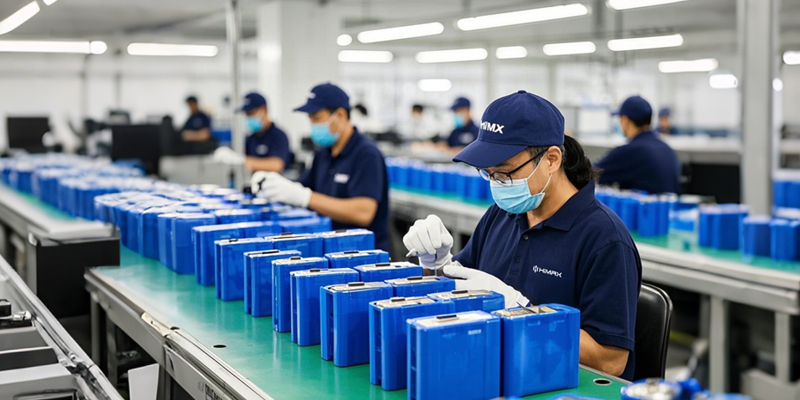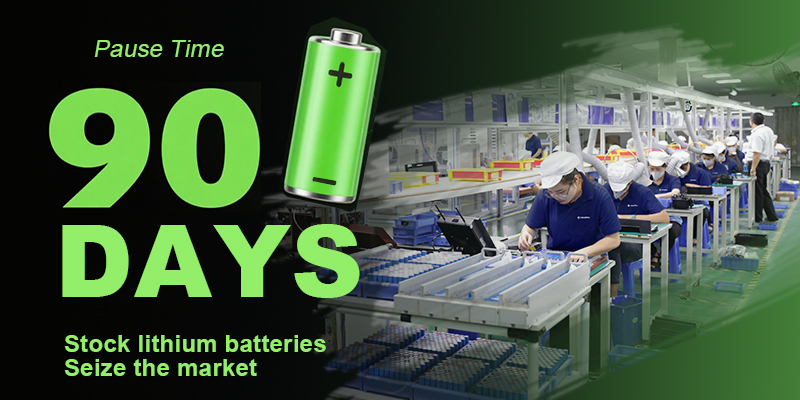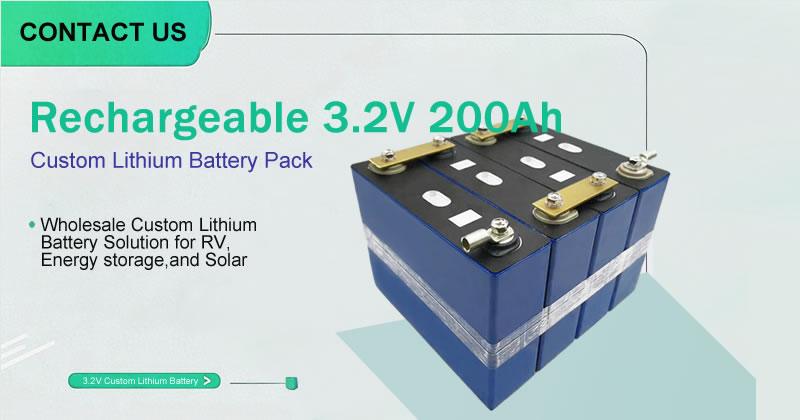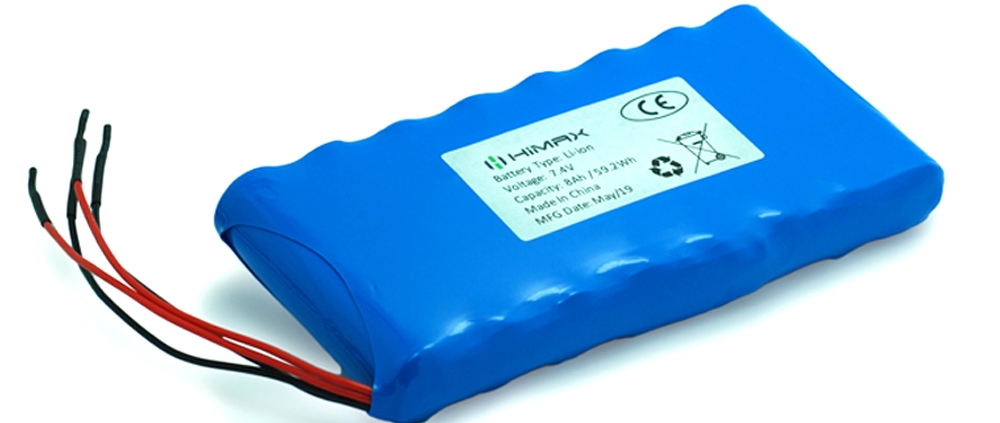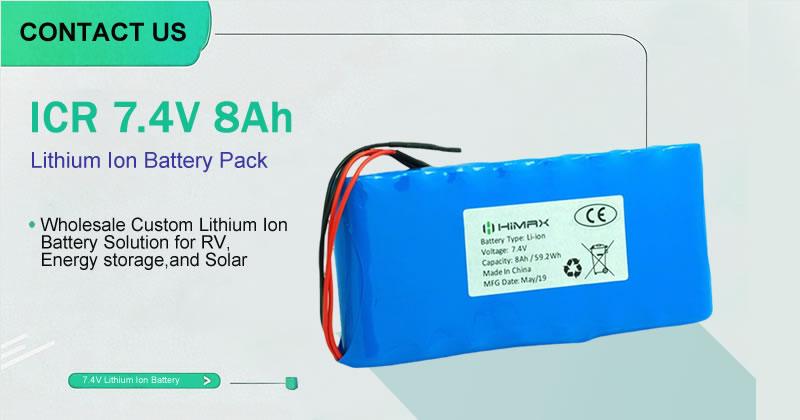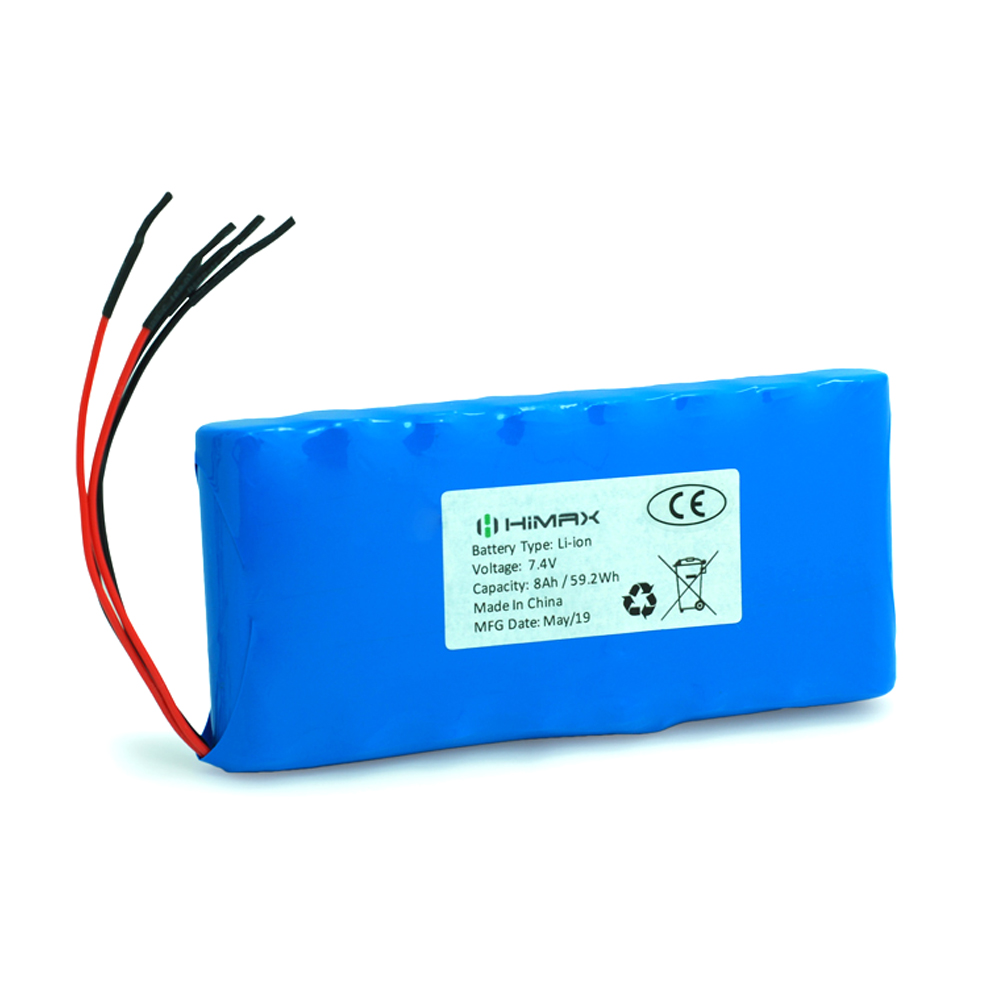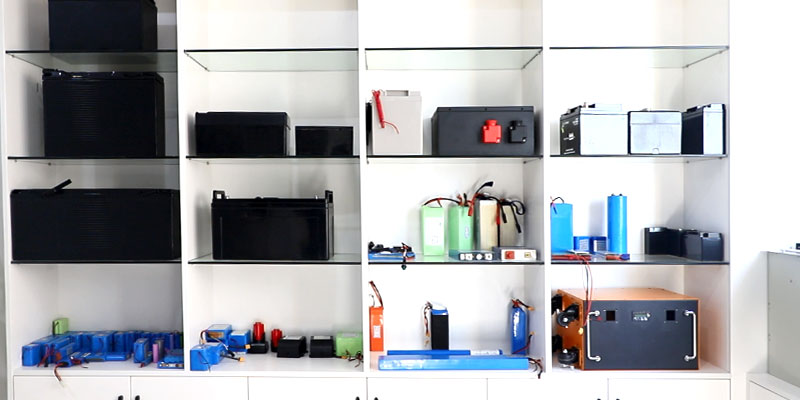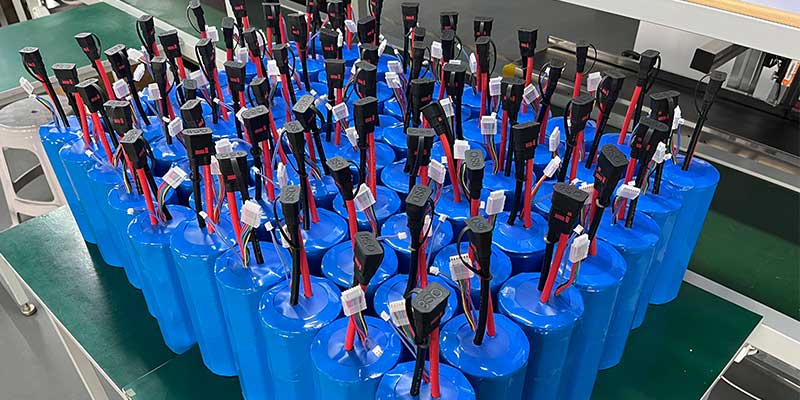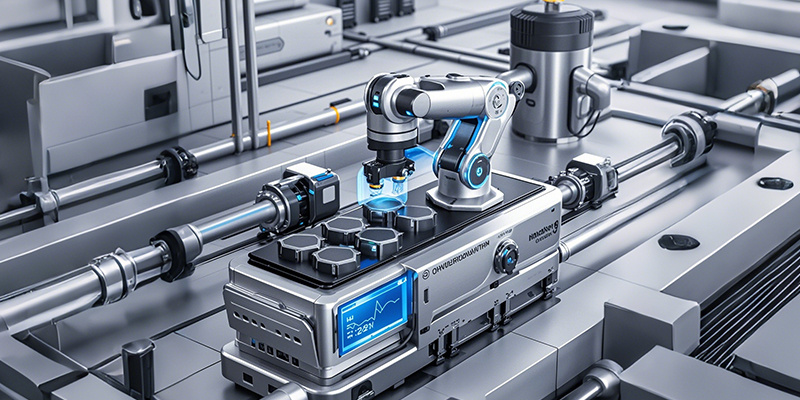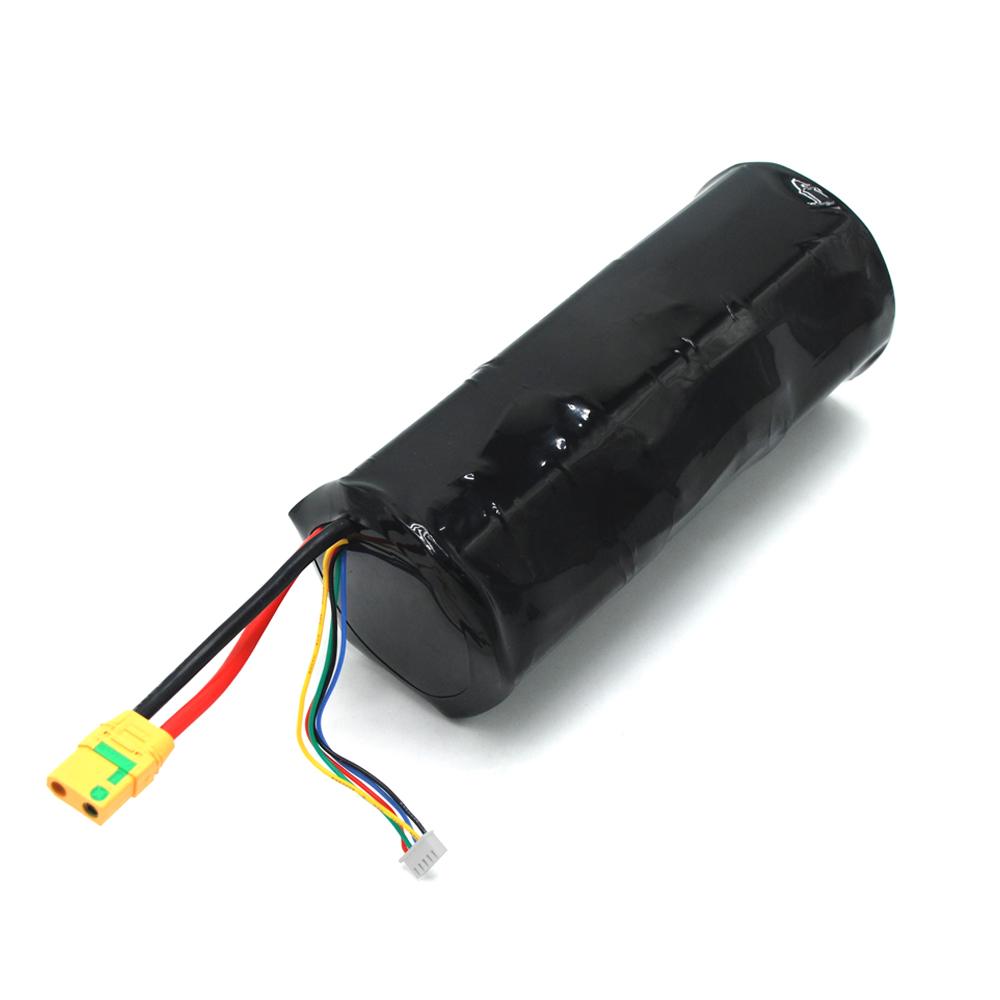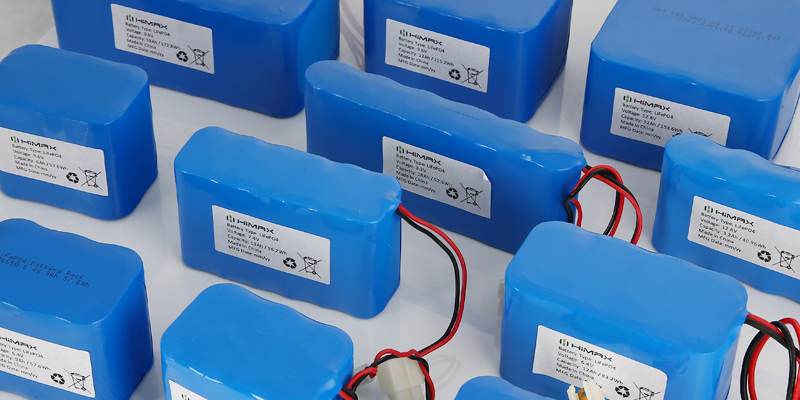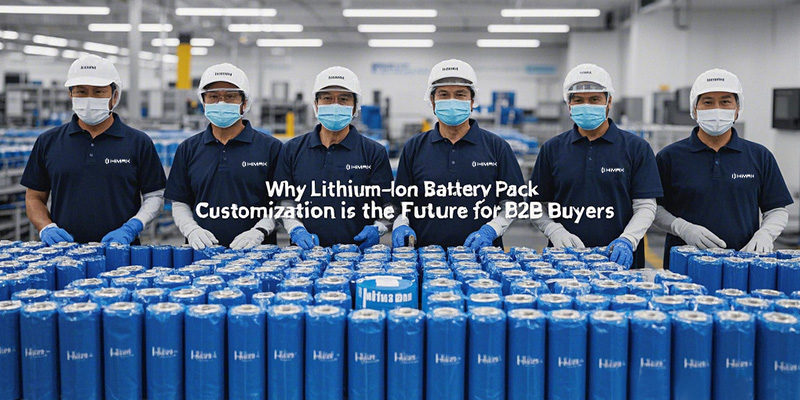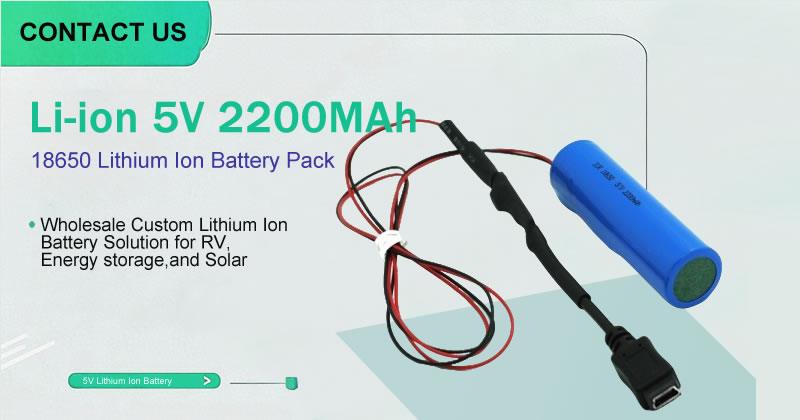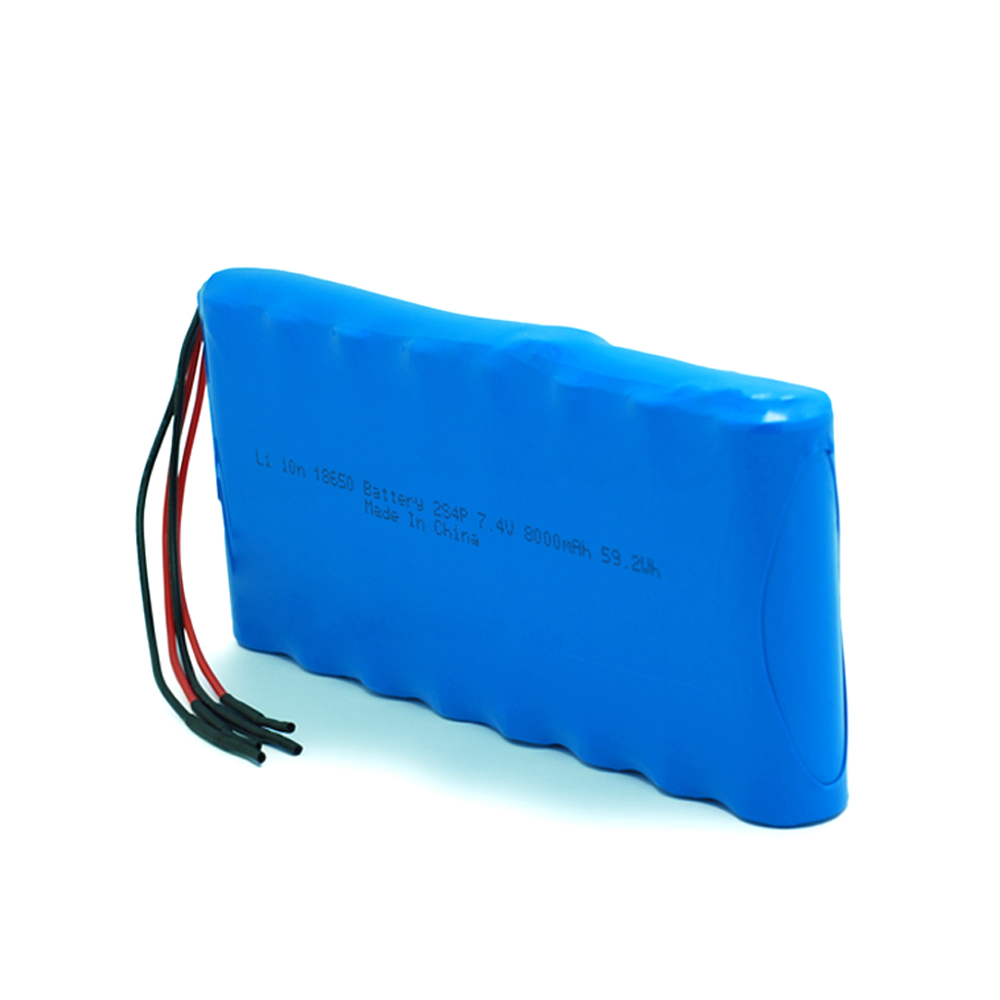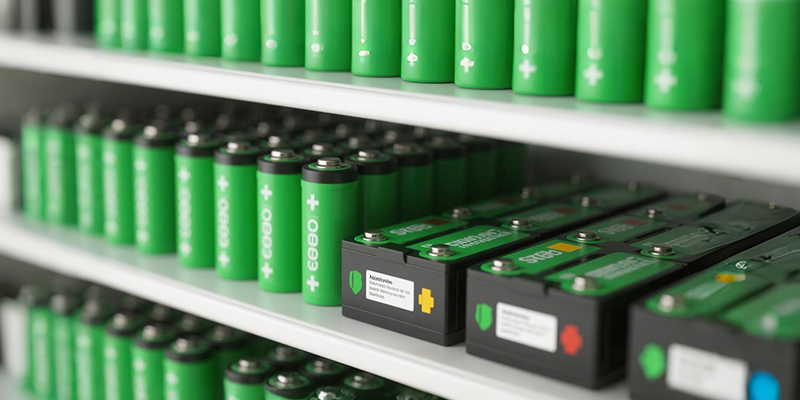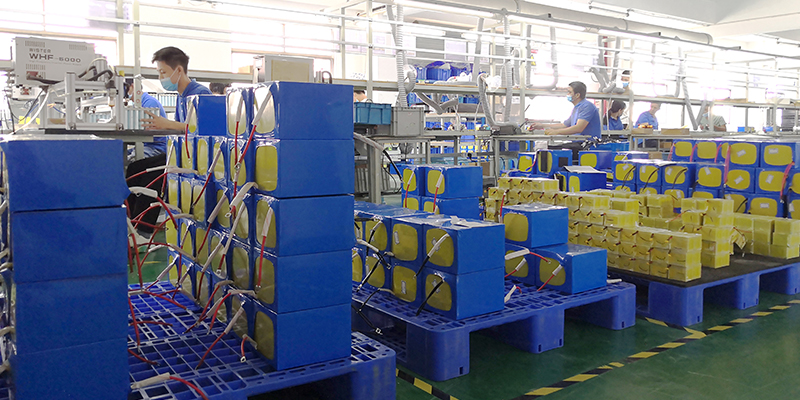In the world of emergency preparedness, the performance and reliability of power sources can make the difference between success and failure. Whether it’s powering critical medical equipment, emergency lighting, or backup communication devices, the choice of battery is crucial. HIMAX lithium batteries have emerged as one of the top choices for powering emergency equipment, offering exceptional performance that meets the demanding requirements of life-critical applications.
Why HIMAX Lithium Batteries Stand Out
HIMAX lithium-ion batteries are recognized for their ability to deliver high energy density, reliability, and long lifespan, making them ideal for use in emergency equipment. Let’s take a closer look at the key features that make HIMAX batteries an excellent choice:
High Energy Density
HIMAX lithium-ion batteries offer a high energy density, meaning they can store more energy in a compact and lightweight form. This is particularly important in emergency situations where space is often limited, and weight is a concern. For example, emergency medical equipment and portable lights need to be lightweight without sacrificing performance. HIMAX batteries provide the power needed in a compact design, making them suitable for a variety of emergency devices.
Reliable Performance Under Extreme Conditions
Emergency situations often occur under harsh conditions, such as extreme temperatures or rugged environments. HIMAX batteries are engineered to perform reliably even under these stressful conditions. With a wide operating temperature range, they maintain stable performance, ensuring that emergency equipment operates smoothly even in the most challenging environments. Whether in freezing cold or intense heat, HIMAX lithium batteries ensure that critical devices continue to function without interruption.
Long Battery Life and Durability
One of the most important factors for emergency equipment is battery longevity. HIMAX lithium-ion batteries are known for their long cycle life, meaning they can be charged and discharged many times without significant loss of performance. This long lifespan ensures that emergency equipment is ready to perform at a moment’s notice, without the need for frequent replacements. For example, a HIMAX-powered backup power system will continue to provide reliable performance even after many years of use.
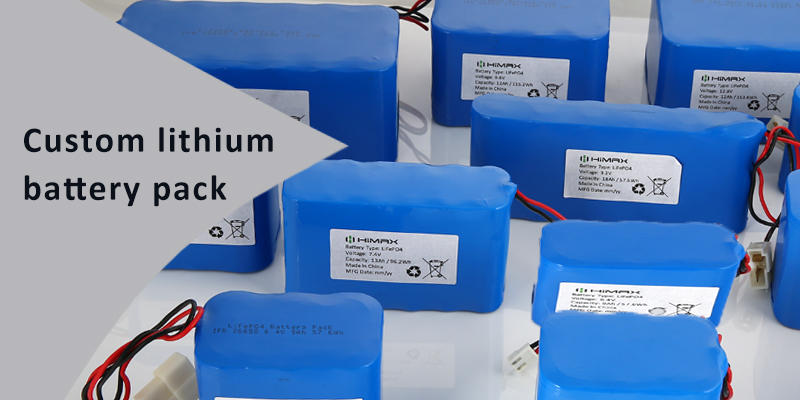
Rapid Charging Capability
In emergency situations, time is of the essence. HIMAX lithium batteries support fast charging, allowing emergency equipment to be ready for use quickly. Whether you’re charging backup communication systems or portable medical devices, HIMAX batteries can be charged in a fraction of the time compared to traditional lead-acid batteries. This capability ensures that equipment stays powered during critical times, minimizing downtime and enhancing the overall readiness of emergency response teams.
Safety and Protection Features
Safety is a top priority when dealing with batteries in emergency applications. HIMAX batteries are equipped with advanced Battery Management Systems (BMS), which provide built-in protection features such as overcharge, over-discharge, and short-circuit protection. These safety mechanisms ensure that the battery performs safely and reliably, even under heavy loads. HIMAX’s use of high-quality components and robust design further enhances the safety and performance of their lithium-ion batteries.
Compact and Lightweight Design of Lithium Batteries
Traditional batteries, such as lead-acid, are bulky and heavy, making them difficult to transport and integrate into emergency equipment. HIMAX lithium-ion batteries, on the other hand, are much lighter and more compact, making them easier to carry, store, and install. This is particularly important for portable emergency equipment such as lights, radios, and medical devices, where space and weight constraints are critical factors.
Environmental Benefits of Lithium Batteries
In addition to their performance, HIMAX lithium-ion batteries are an environmentally friendly choice. Unlike lead-acid batteries, which contain harmful chemicals and have a limited recycling capacity, HIMAX lithium batteries are more sustainable and easier to recycle. Choosing HIMAX batteries not only ensures the reliable operation of emergency equipment but also contributes to reducing environmental impact over time.
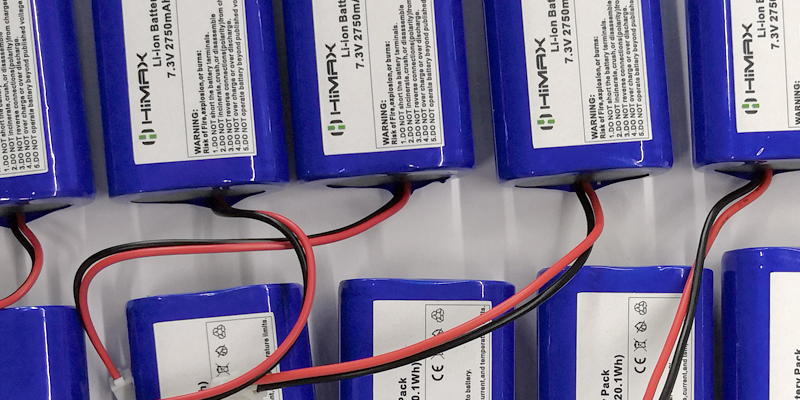
Applications of HIMAX Lithium Batteries in Emergency Equipment
HIMAX lithium batteries are used in a variety of emergency equipment, offering unmatched performance and reliability:
Emergency Lighting Systems: HIMAX-powered emergency lights provide long-lasting illumination when power outages occur, helping people navigate safely in dark conditions.
Portable Medical Devices: From defibrillators to portable ventilators, HIMAX lithium batteries provide a reliable power source for critical medical equipment during emergencies.
Backup Power Systems: HIMAX batteries are often used in backup power systems to ensure that essential equipment, such as communication devices and security systems, remain operational during power cuts.
Search and Rescue Operations: HIMAX lithium batteries power portable communication devices, GPS units, and drones used in search and rescue missions, ensuring reliable operation even in remote locations.
Conclusion
In emergency situations, the performance of power sources is non-negotiable. HIMAX lithium-ion batteries provide superior energy density, long lifespan, fast charging capabilities, and advanced safety features, making them the ideal choice for powering critical emergency equipment. With their compact design and environmental benefits, HIMAX batteries are not only a reliable solution but also a sustainable one, ensuring that emergency response teams and individuals have the power they need when it matters most.

